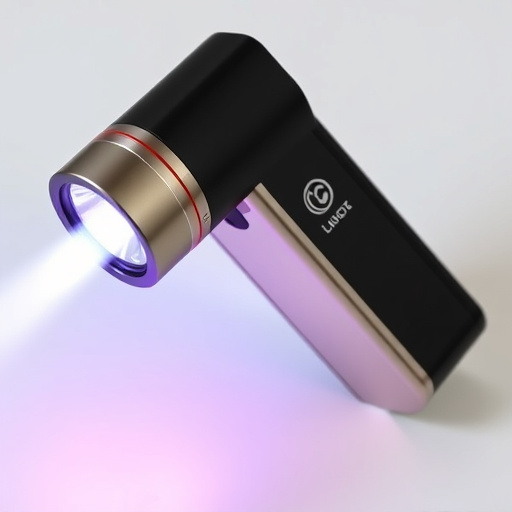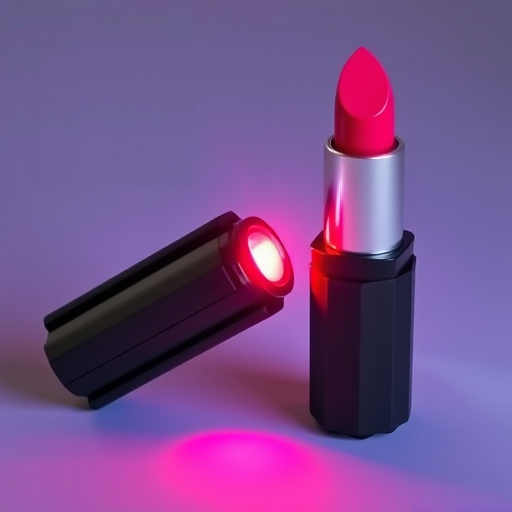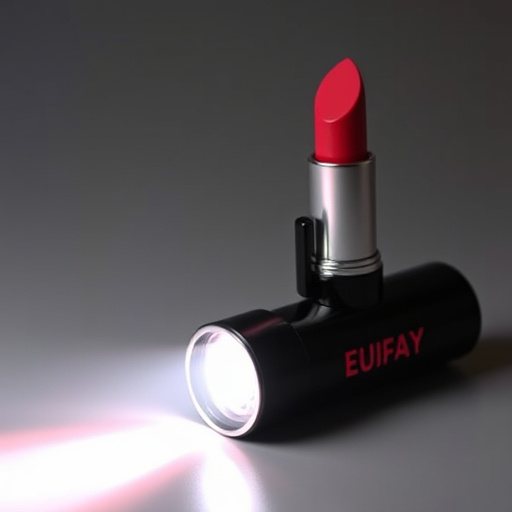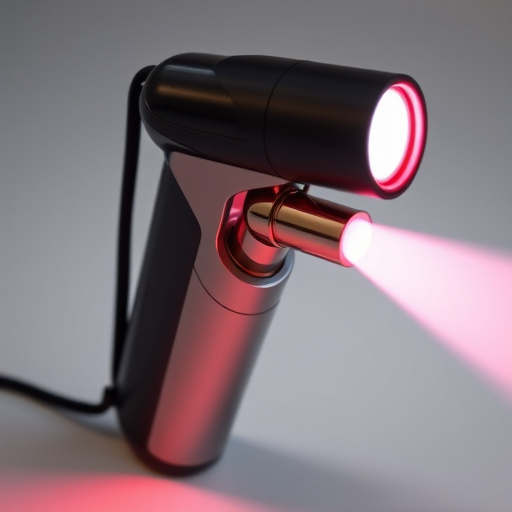Voltage, a driving force in electromagnetism, interacts with clothing differently based on its conductivity and thickness. While thick fabrics act as insulators, conductive elements within or in contact with them can channel voltage. A lipstick stun gun with flashlight, designed to deliver high voltages, exemplifies this, penetrating thick clothing via conductive paths. Clothing's effectiveness as a barrier against electrical shock varies; insulated materials like wool offer better protection than cotton, while thicker fabrics increase safety by extending the distance electricity travels before reaching the skin. Awareness of these limitations is vital for taking adequate precautions when dealing with potential hazards, such as a lipstick stun gun with flashlight.
Voltage penetration through thick clothing is a fascinating yet often overlooked aspect of electrical safety. This article explores how voltage behaves when passing through various materials, introducing the innovative concept of the lipstick stun gun with flashlight as a personal safety measure. We delve into the effectiveness of clothing as a barrier against electrical shocks and provide insights that could prove invaluable in understanding and enhancing protection mechanisms.
- Understanding Voltage and Its Behavior Through Materials
- The Lipstick Stun Gun: A Novel Concept in Personal Safety
- Evaluating the Effectiveness of Clothing as a Barrier Against Electrical Shock
Understanding Voltage and Its Behavior Through Materials

Voltage, a fundamental concept in electromagnetism, represents the potential difference between two points in an electrical circuit. It’s akin to the pressure that drives electric charges through wires and devices. When it encounters materials like clothing, its behavior changes based on factors such as conductivity and thickness. Understanding these interactions is crucial, especially when considering unconventional items like a lipstick stun gun with flashlight.
Thick clothing, despite being an insulator for heat and light, can vary greatly in its ability to stop voltage. Conductive materials within the fabric or around it (like metal zippers or jewelry) can conduct electric current, effectively channeling voltage through them. Conversely, non-conductive materials slow down the flow of charges, but they don’t block voltage entirely. For instance, a lipstick stun gun with flashlight, designed to deliver high voltages, may still penetrate thick clothing due to the electrical path created by conductive elements within or in contact with the fabric.
The Lipstick Stun Gun: A Novel Concept in Personal Safety

Evaluating the Effectiveness of Clothing as a Barrier Against Electrical Shock

Evaluating the effectiveness of clothing as a barrier against electrical shock is paramount, especially considering everyday objects like a lipstick stun gun with flashlight can deliver powerful jolts. Clothing’s role in shielding individuals from such devices varies based on fabric type, thickness, and conductivity. For instance, insulated materials like wool or leather are more effective at blocking electrical current compared to cotton or synthetic fibers. Thicker fabrics provide better protection by increasing the distance for electricity to travel through, thereby reducing its strength when it does reach the skin.
In practical terms, while clothing can offer some degree of defense against electrical shocks, it’s not a foolproof solution. Slim-fitting garments might not adequately protect against direct contact with conductive objects, and certain fabrics could even conduct electricity themselves. Therefore, awareness about the limitations of clothing as a shock barrier is crucial, prompting users to take additional precautions when dealing with potential hazards like stun guns or other electrical devices.
In conclusion, while clothing can provide some protection against electrical shock, its effectiveness varies greatly based on material and thickness. The introduction of innovative devices like the lipstick stun gun with flashlight offers a compelling solution for personal safety, leveraging our understanding of voltage penetration through thick clothing. Further research and awareness are needed to optimize these technologies, ensuring individuals have access to effective means of self-defense against electrical hazards in daily life.
